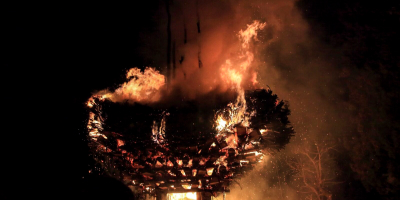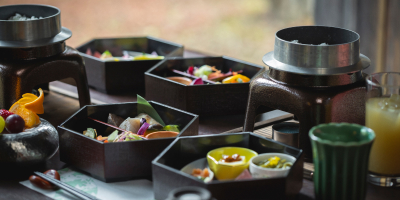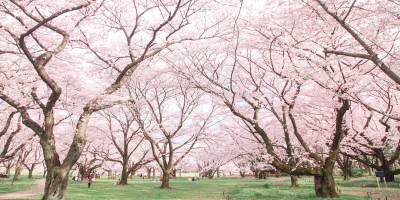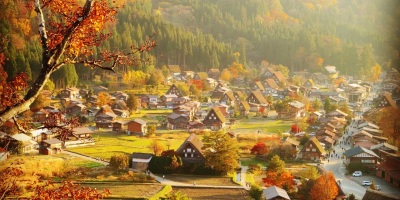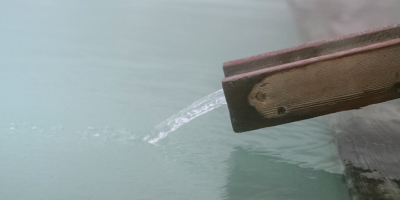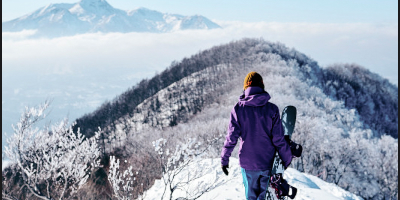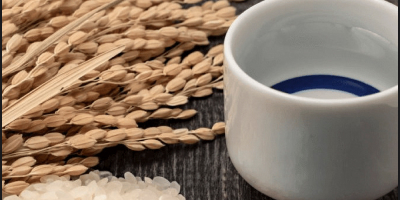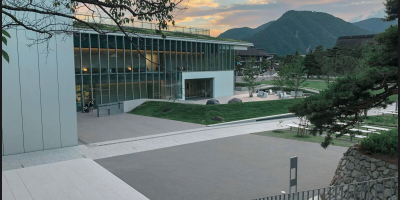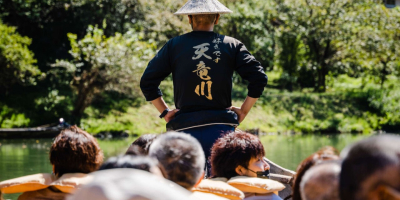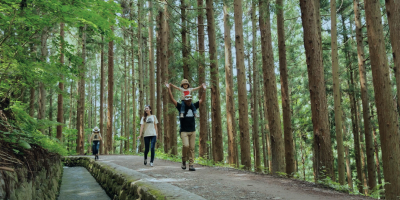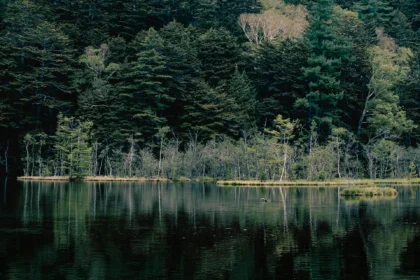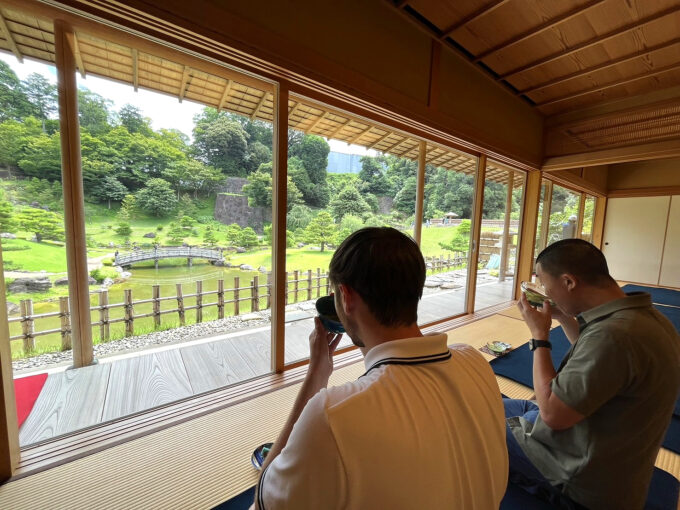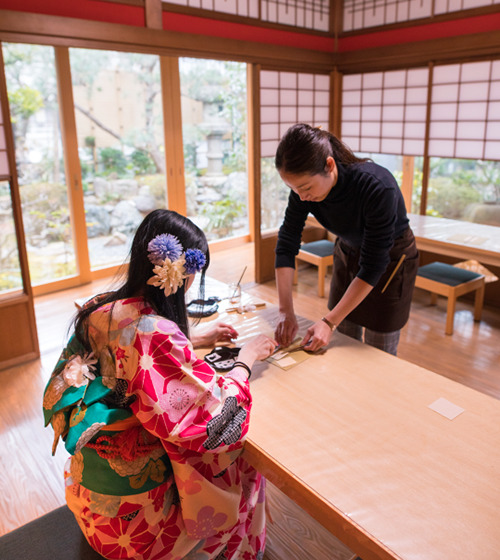
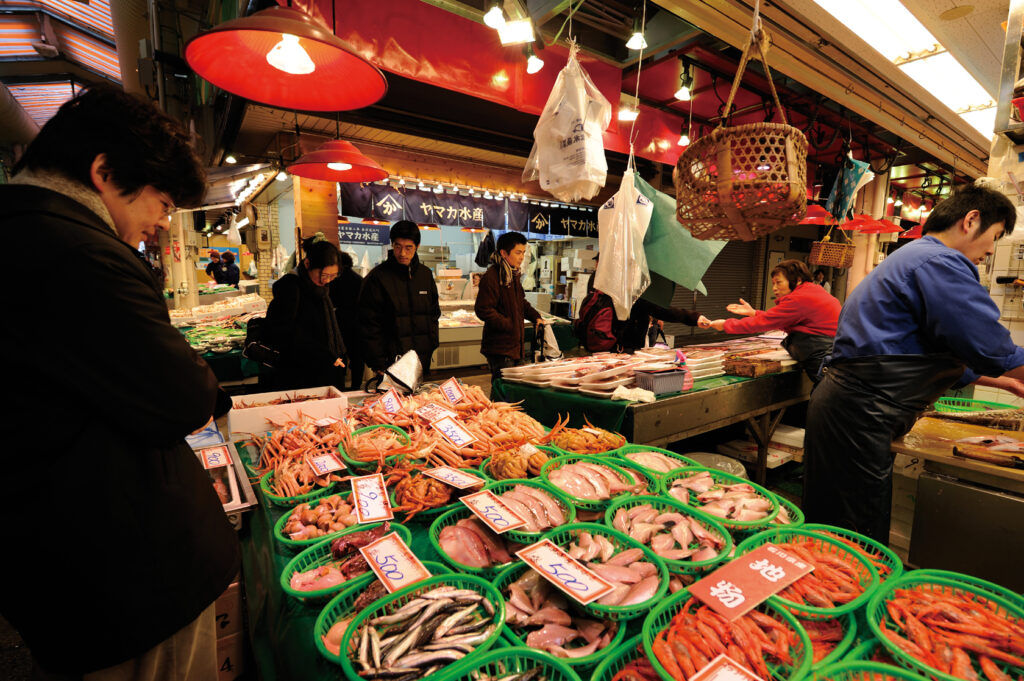
Walking around the market is a highlight of many people's times in Kanazawa. The lively atmosphere, the variety of items on sale, and the quality of the food served make the market a repeat visit. Its central location and being just a 15-minute walk from Kanazawa make it a great hub to stay nearby. Come with us and learn more about Omicho and it's fascinating place in Kanazawa's history and culture.
A Brief History of Omicho Market
Omicho actually has its roots in deeper history than most of the other places in Kanazawa. Before the Maeda family were bestowed the Kanazawa domain in the 1580s, the area was actually a small town near the castle and developed into a small trading hub. There were a number of small markets dotted around the city, which experienced a massive population and economic boom from the arrival of the Maeda and the general peace and prosperity of the Edo Period (1603 - 1868).
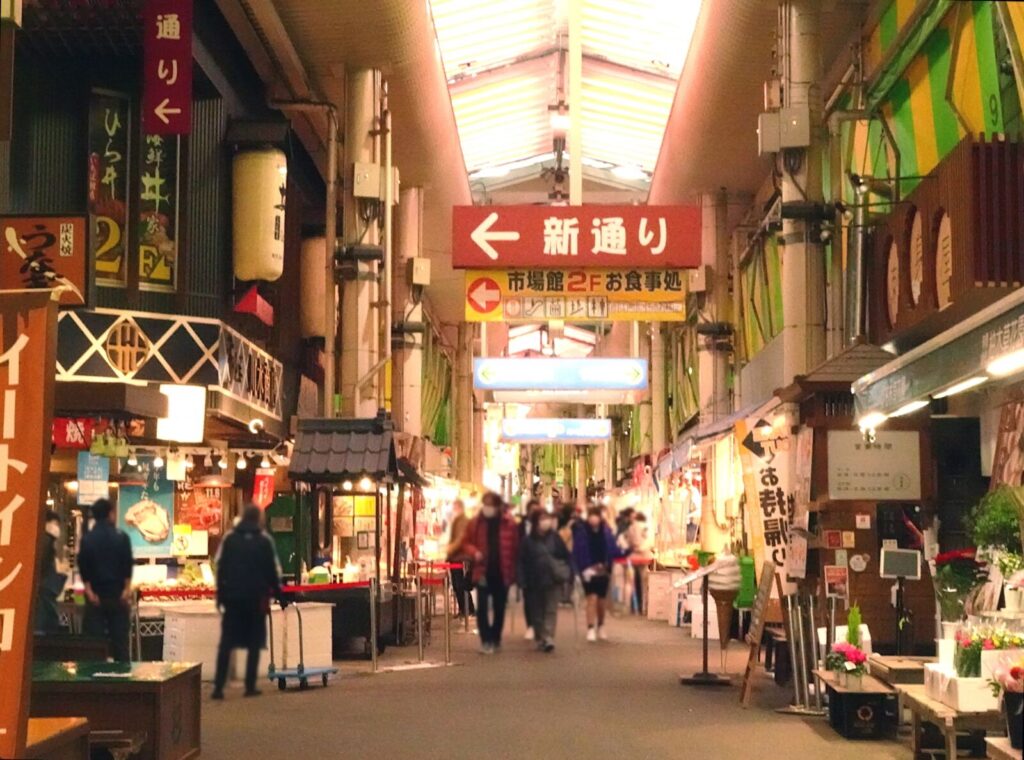
Over time, those other markets consolidated into two main markets. Unfortunately, they were both destroyed in massive fires in 1690. They're now the modern day Hakomachi building and Tatemachi Street near the Korinbo shopping district.
The Maeda lord took the chance to redevelop and get into some city planning. He grouped the merchants together and settled them in an expanded Omicho. The market was the perfect place to store fish as it had a snow cave and an icehouse, perfect for handling fish. Its proximity to the castle was also important. The lords ate what was considered at the time luxury fish like sea bream, carp, cod, and sea bass.

As a flourishing samurai town, what was deemed of unsuitable quality for the lords was then eaten by the samurai. The remaining scraps were sold around town by merchants carrying them in baskets on their back.
After the Meiji Restoration (1868), the Maeda and most of the former samurai left Kanazawa and the city fell into disrepair. Most people were too poor to afford luxuries like fresh fish. Omicho also no longer had the protection of the lord and the samurai, and so repurposed into a vegetable market - less likely to be robbed and people were able buy the more affordable fare.
Omicho In Modern Times
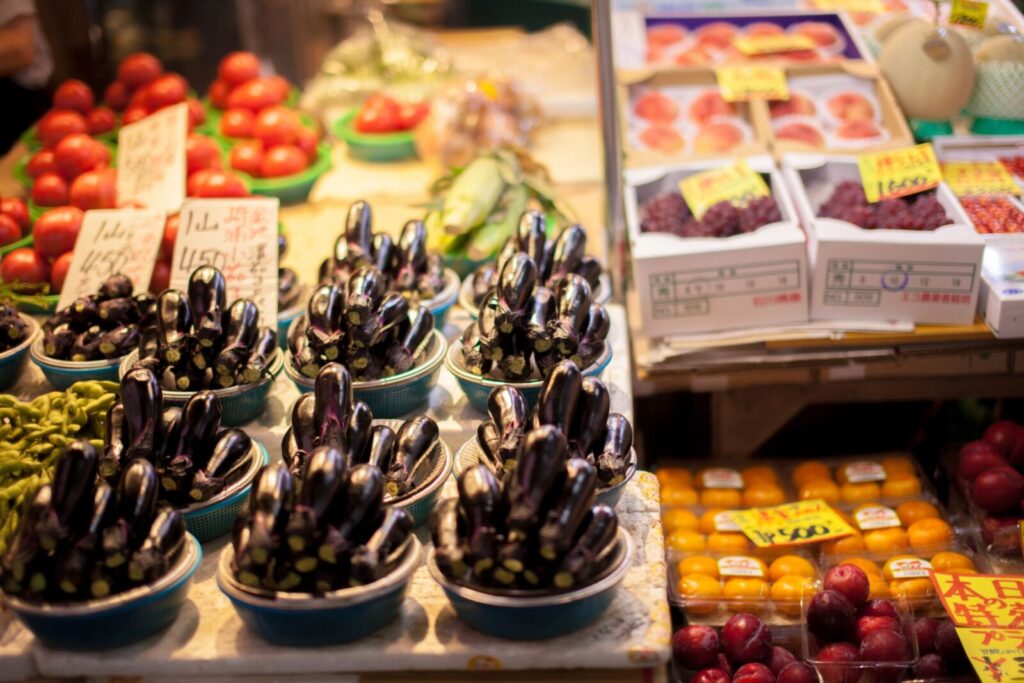
The market has suffered multiple devastating fires, the most recent in 1904. The local government took the opportunity to invest in the reconstruction and redevelopment. The current building was completed in 2009 ahead of opening of the shinkansen terminal at Kanazawa in 2015.
Since then, Omicho has reinvented itself from the "Lord's Kitchen" into "Kanazawa's Kitchen" and been embraced by both locals and tourists alike. There are nearly 200 stalls and restaurants around the market selling some of Japan's freshest fish. Locals love the unagi eel, kaki oysters and, above all, Nodoguro - black throat sea bass.
Visiting Omicho Market
Omicho is one of the most accessible places in Kanazawa. The market is just a 15-minute walk in a straight line from Kanazawa Station or a 10-minute walk from Korinbo.
The market has an impressive array of seafood, brought fresh from fishermen off the coast of the Sea of Japan. There are many stalls where you can eat giant raw clams, shrimp and sea urchin. Usually, they're eaten with soy sauce. There are also restaurants who will grill oysters for those squeamish about raw seafood.
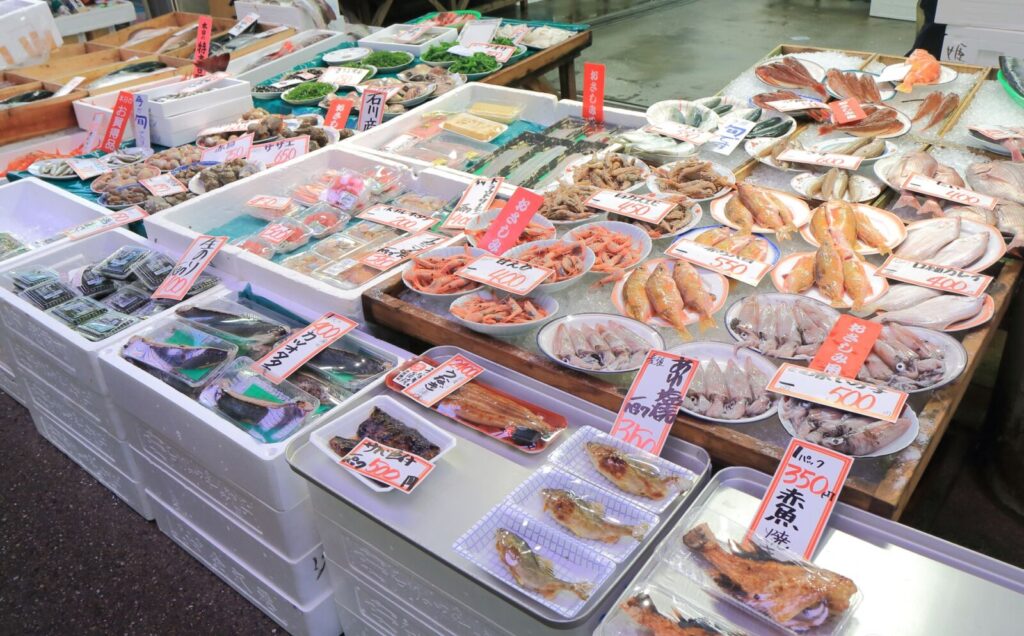
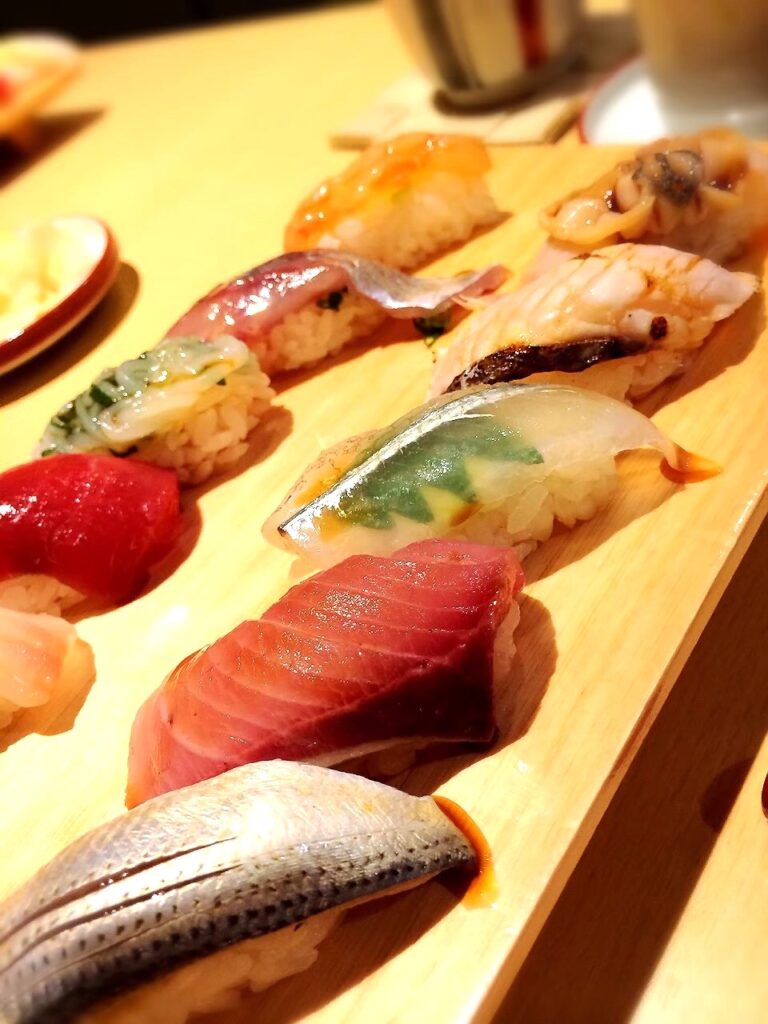
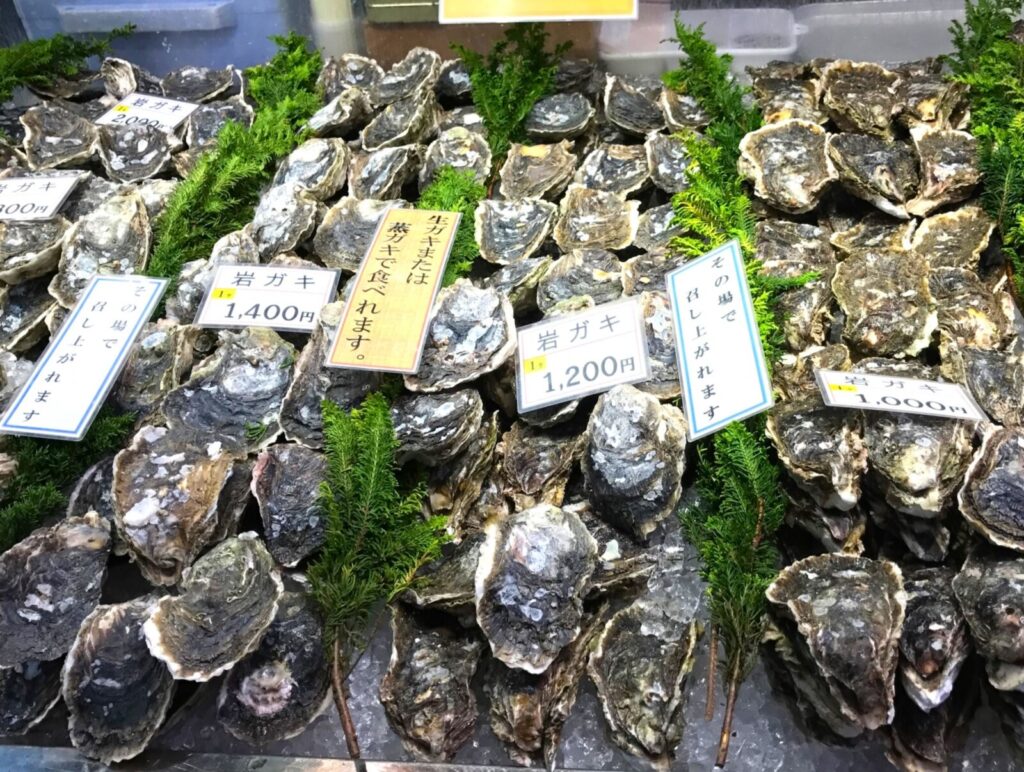
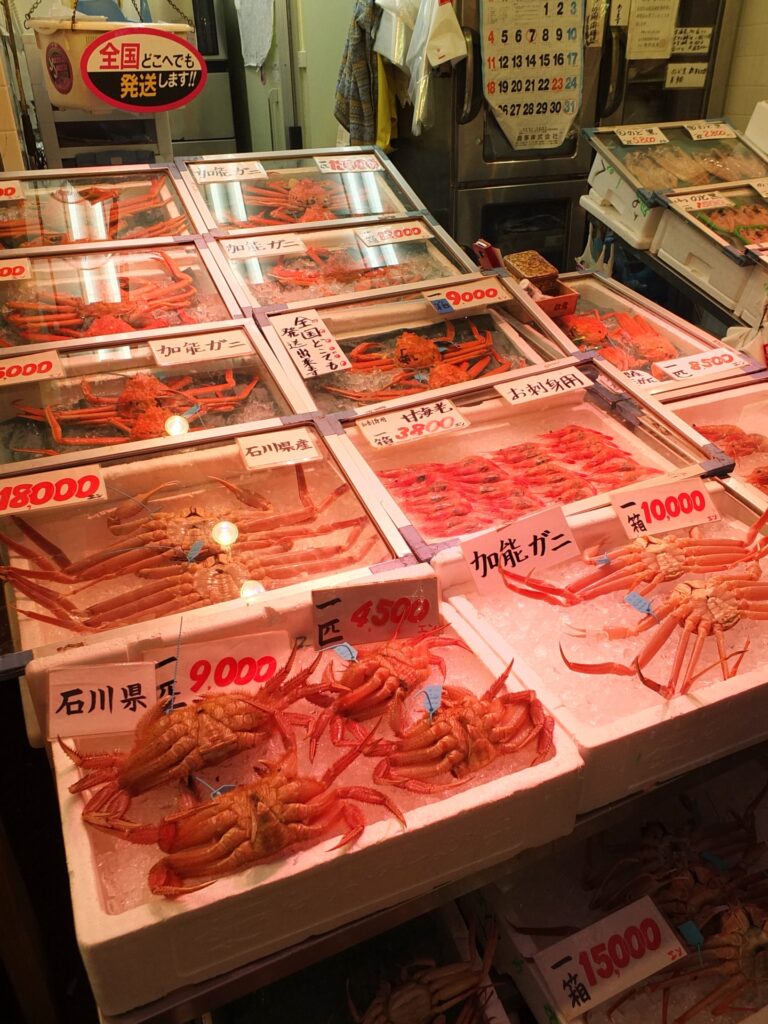
From November to February, one of the most impressive products in the market is crab. The snow crabs in the area are some of the highest-rated in Japan. They grow to massive sizes and are sold by the box. As they can get quite expensive, crabs are a food locals eat at special occasions or celebrations.
Many of the restaurants offer seafood bowls of rich topped samples of the seafood that passes through the market (pictured below). Different vendors sell different types so if you don't see something that suits your taste, try heading to a different one! But it's not all fish here at Omicho. An homage to its time as a vegetable market, many vendors sell fresh fruit and vegetables. There are also flower shops, some cafes and places selling local crafts.
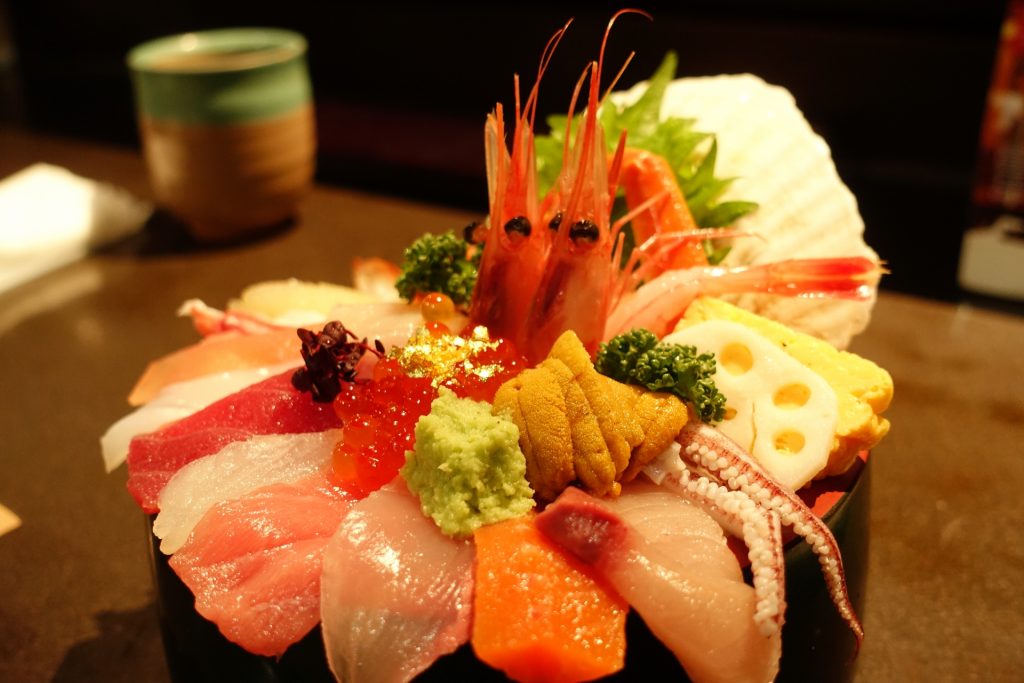
Another thing that locals flock to Omicho for is oden, food boiled in a kelp broth. It is definitely an interesting experience where you can choose what you want to eat and have it served on the spot. In oden you can have boiled eggs, crab head, daikon radish or even tofu. Finally, if seafood isn't your thing there's curry, the local specialty of Kanazawa, in two separate shops as well, two ramen shops, cafes, and an udon restaurant.
The market is open daily, individual shops will take days off with the greatest number of vendors shutting on Sundays, Wednesdays or public holidays. Some restaurants are open at night however daytime hours – between 09:00 to 17:30 – see the greatest number of vendors selling to the public. Seafood can be purchased, packed and take with you or eaten right there, at one of the markets many vendors and restaurants - the more popular of which will have long queues outside around lunchtime. So plan to get here early for lunch if you don't want to wait!
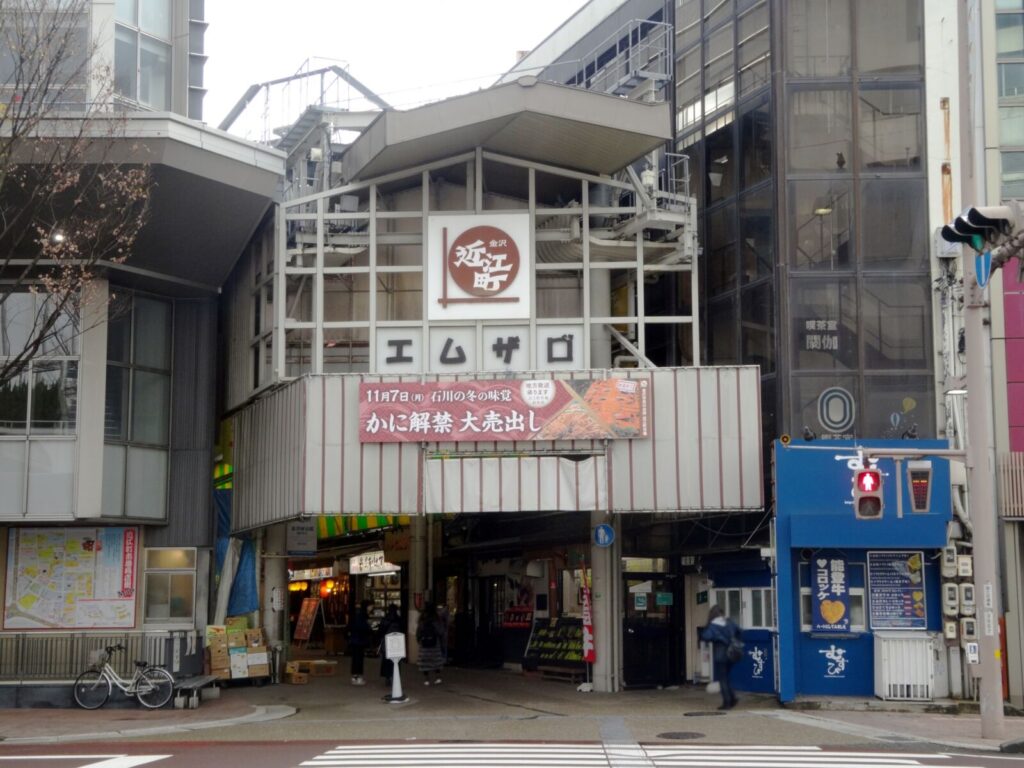
Kanazawa is quite friendly for those who are walking around the city and there are many sites that are within a 5-20 minute walk of Omicho Market. It is near Oyama Shrine and Kanazawa Castle, which then directly adjoins Kenrokuen Park at its entrance. The daimyo villa of Seisonkaku and Ishiura shrine, famous for its pond and tunnel of torii gates, are both excellent places to visit. The Higashichaya Teahouse District, Oyama Shrine, DT Suzuki Museum, 21st Century Museum, Nagamachi Samurai District, Nishichaya Teahouse District and Kazuemachi Geisha District are all also within a nice walk and help you dive even deeper into this fascinating city.
Are you interested in a guided tour around this beautiful city? See the Omicho Market and many of the other sites mentioned above and all in one day!
KANAZAWA MAIN SIGHTS TOUR / all year round
This tour has you walk in the same streets as those from times past. Walk the streets of the samurai of the Kaga clan and see a warrior's house from the Edo period. Relax and enjoy matcha in a tea house overlooking a beautiful garden next to the impressive castle walls. Stroll through the Kenroku-en garden like the daimyos of the Edo period and admire the artistry of the landscaping of not just the land but of the trees as well. Finally, walk through Higashi Chayamachi, the old geisha district, where you can shop, snack and take a tour of an opulent former tea house that was used by actual geisha in the past.
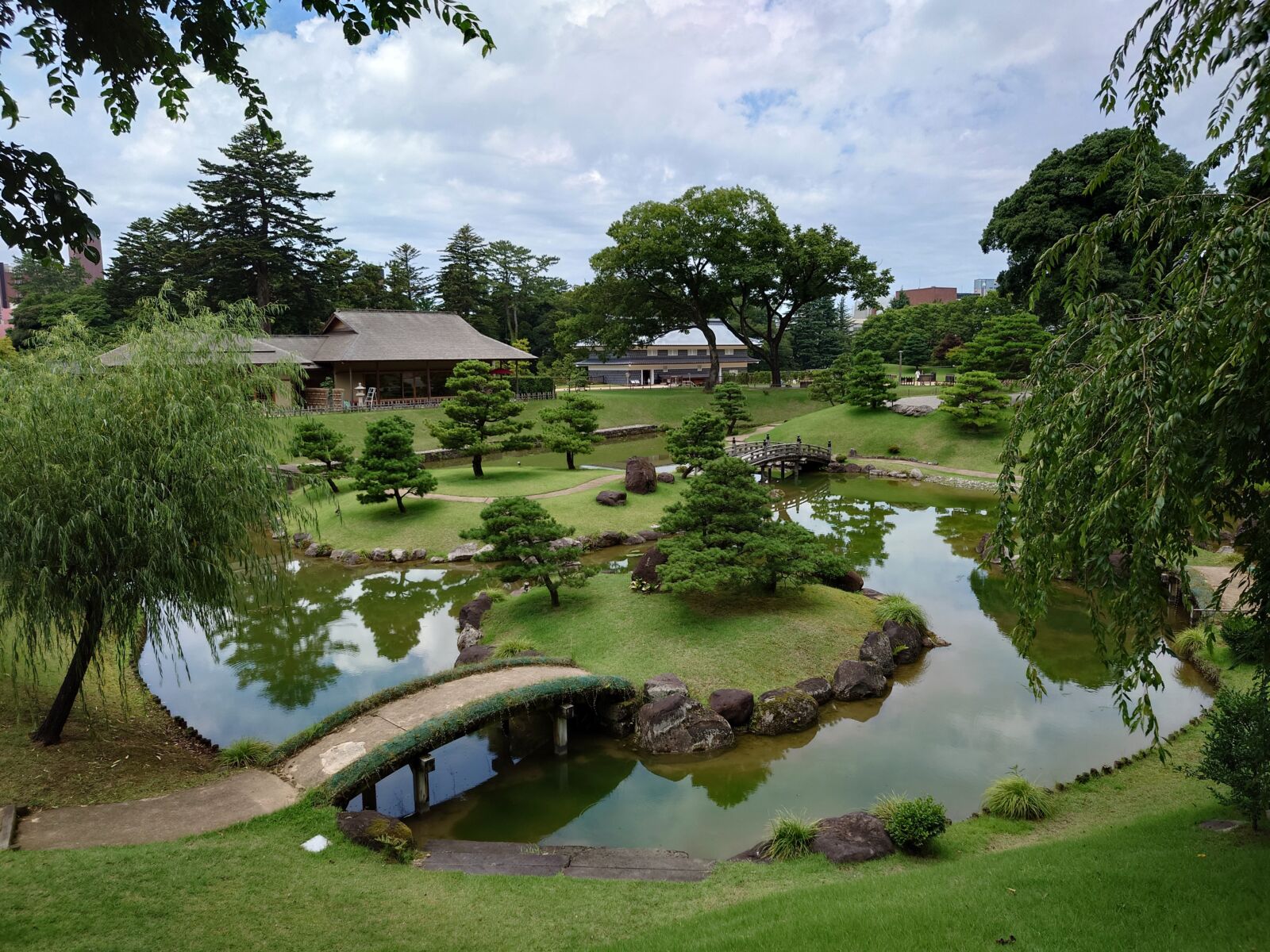
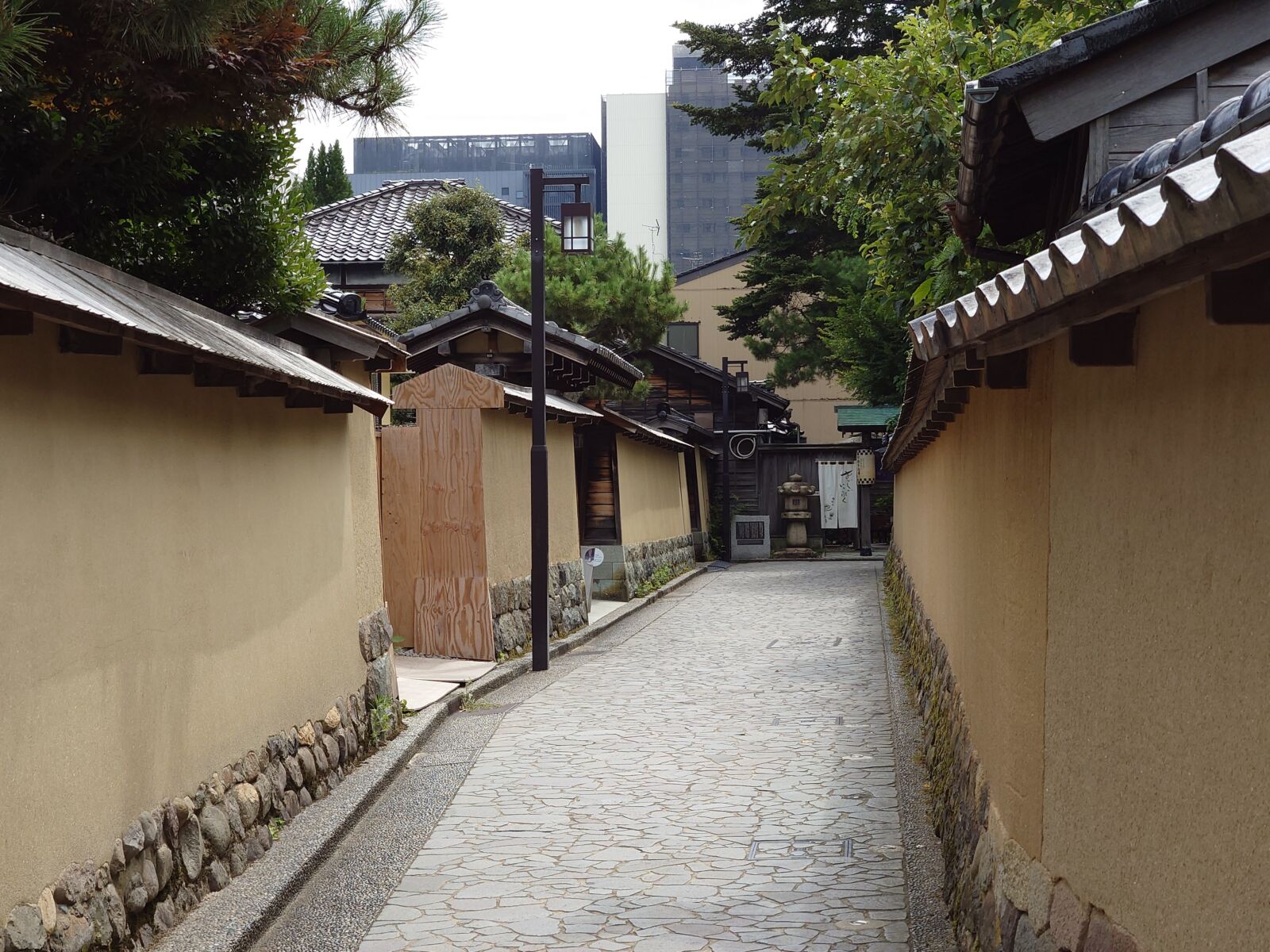
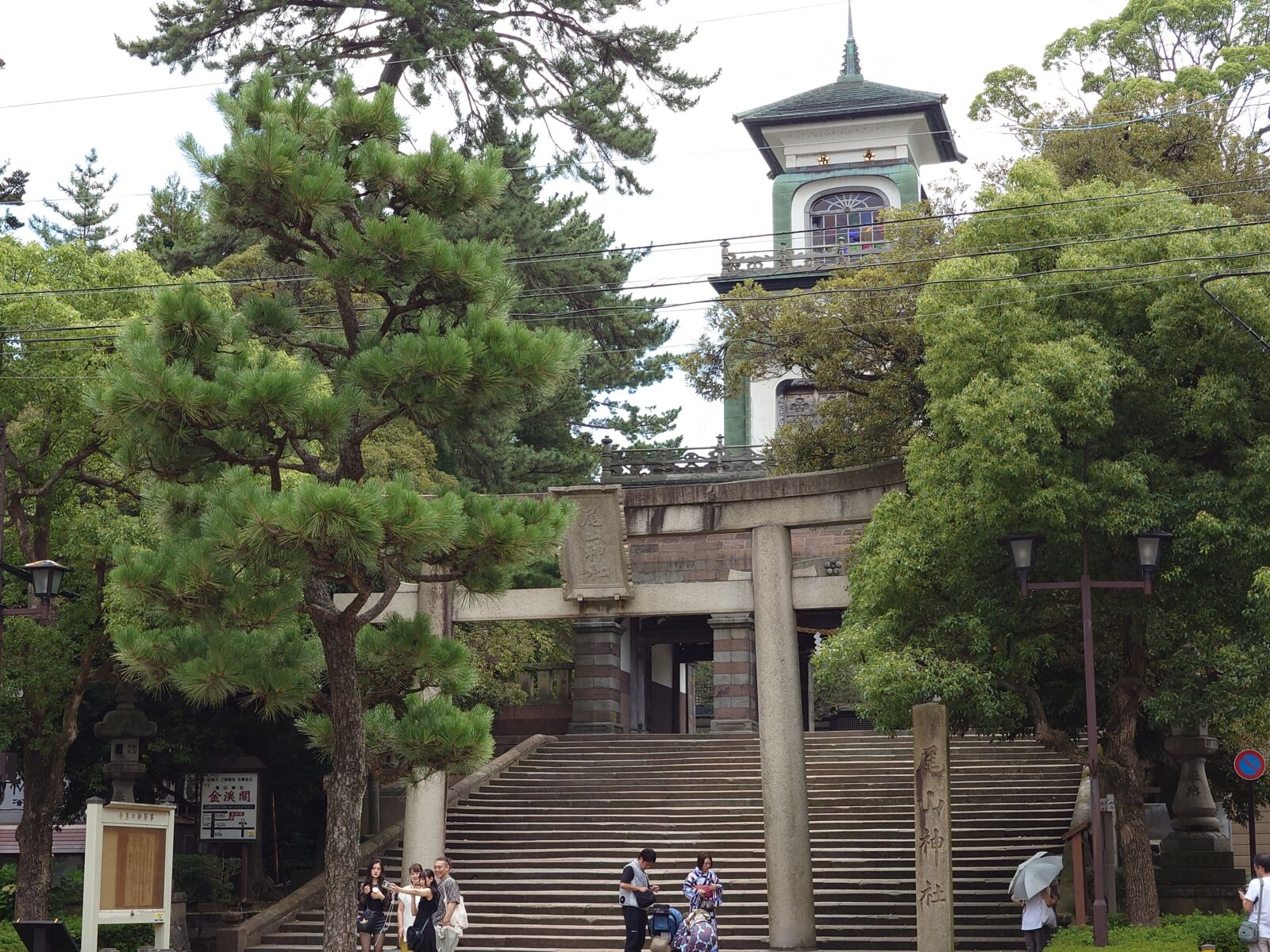
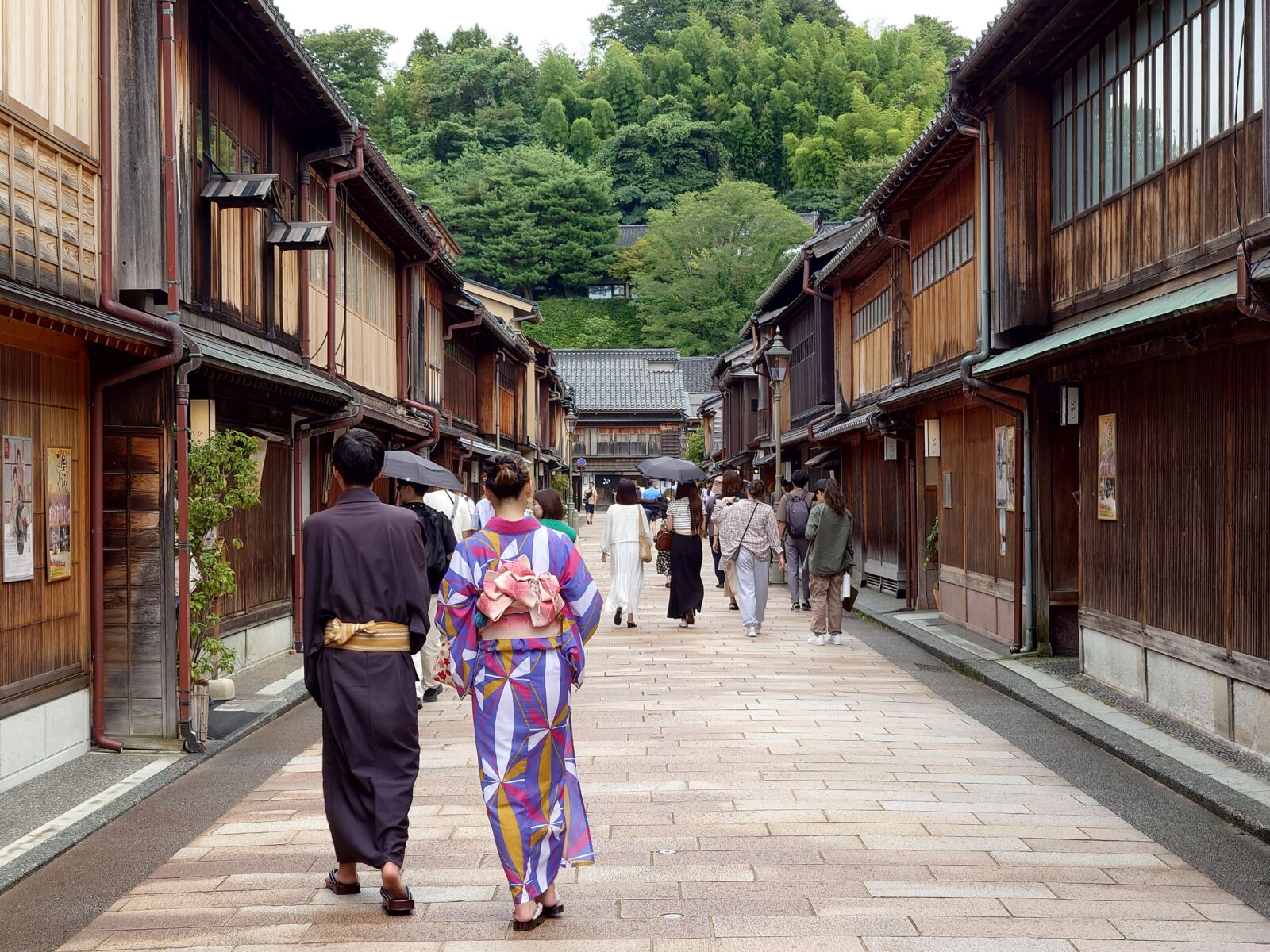
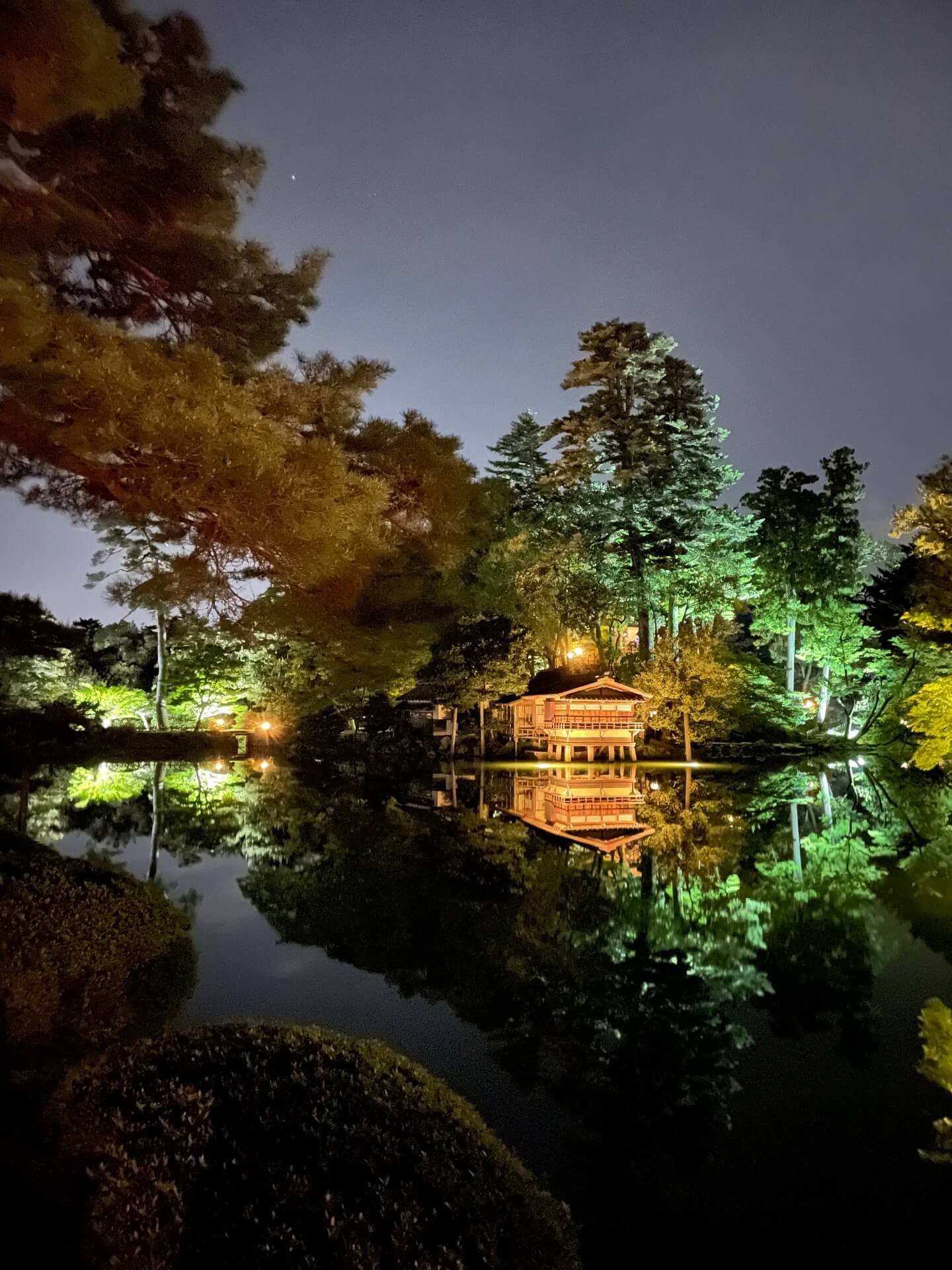
Frequently Asked Questions (FAQ)
What time is the market open?
You can walk through the market at any time. However, most of the businesses are open by 9:00 A.M. and close at around 5:00 P.M. Some restaurants, however, are open into the evening.
I'm visiting in _____, what is in season at Omicho?
The market has a handy brochure for those looking to get the best of the season at Omicho. It is available for free here.
Where in the market is safe for people with seafood allergies?
Many of the restaurants use shellfish in their cooking, particularly if they're making a soup or broth. If you have quite severe allergies, we recommend Champion Curry, a local chain, on the bottom floor. If you can eat fish, but not seafood, try the salmon, tuna or nodoguro bowls at one of the restaurants!
How much should I expect to spend in the market?
You can get lunch for ~1000 yen if you're travelling on a budget. Some of the more fancy restaurants can cost between 3000 and 5000 yen, however.
Can I get a tour around the market?
Absolutely! Snow Monkey Resorts offers two tours which feature time in the market. The first is our "Samurai, Matcha, Gardens and Geisha" tour. On this tour, we stop at the market for lunch. Our English-speaking guide will take you around the market and give you recommendations of places to eat and things to try. There's also free time here, so you can explore the market and try everything that stands out!
We also pass through the market on our "Kanazawa Walking Tour: Experience Gold Leaf, Japanese Sweets and Ninja Stars" tour. On this tour, see the market in the early morning as it wakes up and prepares for the day. On this tour, roll up your sleeves and get your hands dirty decorating items with gold leaf, making delicious wagashi traditional sweets, and channel your inner-shinobi when you throw ninja stars! This tour is a perfect day out for couples looking to make lasting memories on their time in Japan.



